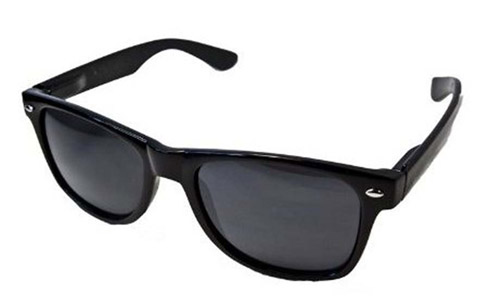1. If your brows are messy and unruly, apply a clear brow shaper AFTER color application.
This mascara-like wand with liquid color both tames and defines brows. For a subtle look, you can simply brush up your brows with a brow shaper.
2. If you have a lot of under-eye darkness, skip lining the lower lash line as it will only draw attention to the problem.
Instead, apply waterproof mascara to the lower lashes. To soften the line, just use your finger or a cotton swab to smudge slightly. Powder liner can soften a too-harsh gel liner and make it look diffused.
3. Always curl your lashes before you apply mascara, otherwise you may break your lashes.
Crimp at the base of the lashes, then hold the curler for 5 to 10 seconds as you lift up and go. Just once is enough. For a quick pick-me-up, hold the lashes in a curl with your fingertips for a few seconds.
4. The glass in your frames can highlight under-eye discoloration and darkness.
So corrector and concealer underneath the eye and in creases is essential. Apply corrector with a brush to the inner corner of the eye area, placing it only where you see darkness. Then, gently blend with your fingers. Next, clean your brush with a tissue before applying concealer.
5. If you have redness around your eyes, stay away from shadows with red or purple undertones.
These colors will exacerbate the redness. For a foolproof eye, layer shadows from light to dark. Start with the palest shadow as the base, then layer a medium shade and apply the darkest shade last.
6. The color of your eyeshadow shouldn't compete with the color of your glasses.
If you want to do the same color as your frames on your eyelids, try a base hue that's a shade lighter, and go a few shades darker for the crease color. Finish with black liner and mascara.
7. When you have a mix of confident colors on your hair, lips and frames, keep your eye makeup simple.
Go clean with only a little liner and mascara -- eyeshadow isn't necessary.
"Part of the article have been borrowed from the internet with due thanks to the owner of the content."


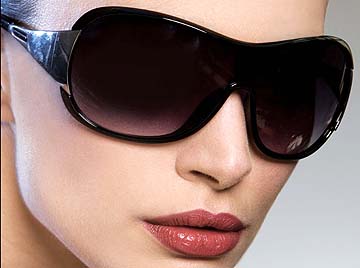
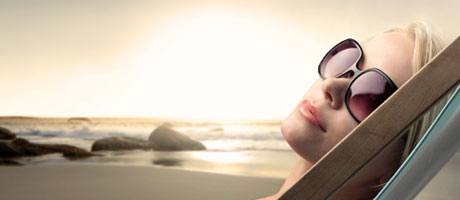
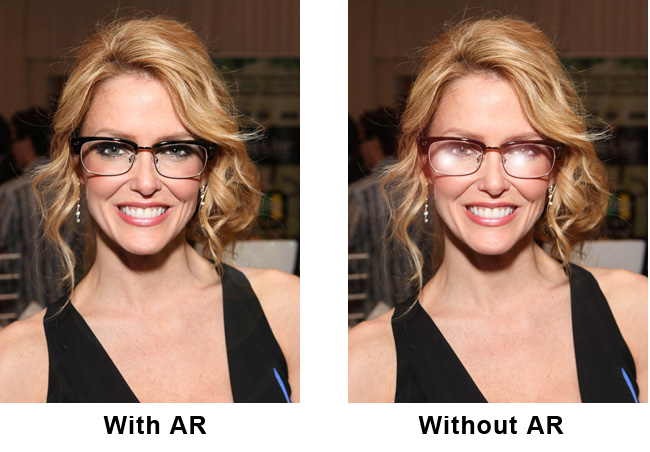
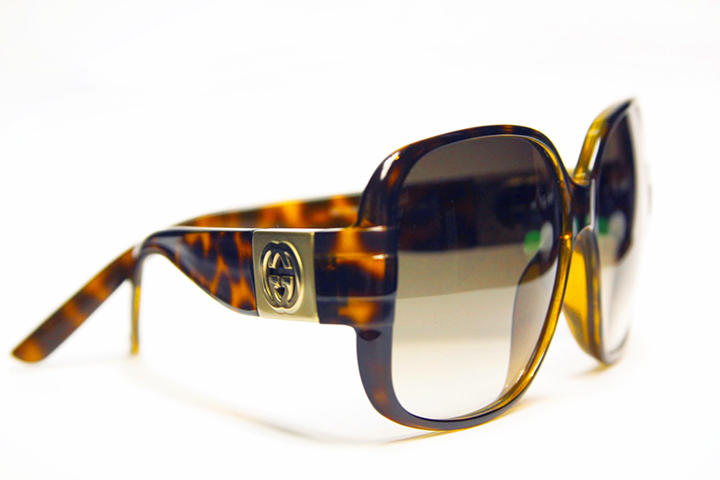 They also choose different colors as a fashion choice. So a good pair of protective sunglasses will offer the same sort of protection, no matter what color the lenses are. Don’t think otherwise!
They also choose different colors as a fashion choice. So a good pair of protective sunglasses will offer the same sort of protection, no matter what color the lenses are. Don’t think otherwise!